Yesterday evening I walked over to Battersea, to see how things are going with surrounding the old Power Station with apartment blocks, with sorting out the western end of London’s Big New Sewer, and constructing a new tube station.
In the photos that follow, I concentrate on the new blocks of flats, not least because it is easier to see that, what with it having reached the stage of mostly now being above ground. Tube line and sewer construction remains largely hidden throughout, and in general they tend to be more secretive about such things.
So how are things going with all those flats? How things are going is that there is a lot of building going on, but also, already, a lot of living.
The earliest photos in this gallery show the part where they say: come on it. This is already a place, with people, and food, and a road through to other parts beyond. Then, you walk along one of the oddest bridges in London, over and through what is still a giant building site, right next to the old Power Station, and then you arrive at the bit that is finished and already containing people.
None of the photos that follow are individually that fascinating. But click, click, click your way through them at speed, and you’ll get an idea of how this passing moment in the history of London is now looking:
The photos that concentrate on life being lived, rather than merely dwellings being constructed, concern the London Seafood Festival (that being the only link I now have the time to contrive), which I had definitely not been expecting. But many others had, and were gathered in large numbers to partake.
Then I made my way to Battersea Park railway station, with the last two photos having been photoed from the train that took me to Victoria Station on the other side of the river.
My larger point is this: that the newest and most noticeable London architecture has now done a switch, from the erection of individually crafted and highly visible and recognisable Big Things, to the mass production of generic Machines For Living In and Machines For Working In. So many office blocks and blocks of flats of a certain height, all jammed together in a formerly not so very desirable location, each higher than low but each lower than really high. So much concrete and steel being hoisted into the air by so many cranes. And so many people all being crammed into these new dwellings and new workplaces, as they beaver away at their desk jobs nearby or in The City, and relax by the river in their numerous new eateries and drinkeries down on the ground floors. Yes, this kind of thing has been going on in London for many decades, but just lately, it has shifted up a gear.
That all these new Batterseans will be within walking and face-to-face talking distance of one another is bound to have creative consequences. All sorts of new urban possibilities will become possible.
A lot more of this stuff has been happening out East, in Docklands and beyond. There too (see especially: North Greenwich) things have shifted up a gear. Battersea feels a bit more upmarket than those places down East.
Welcome to the latest version of London.

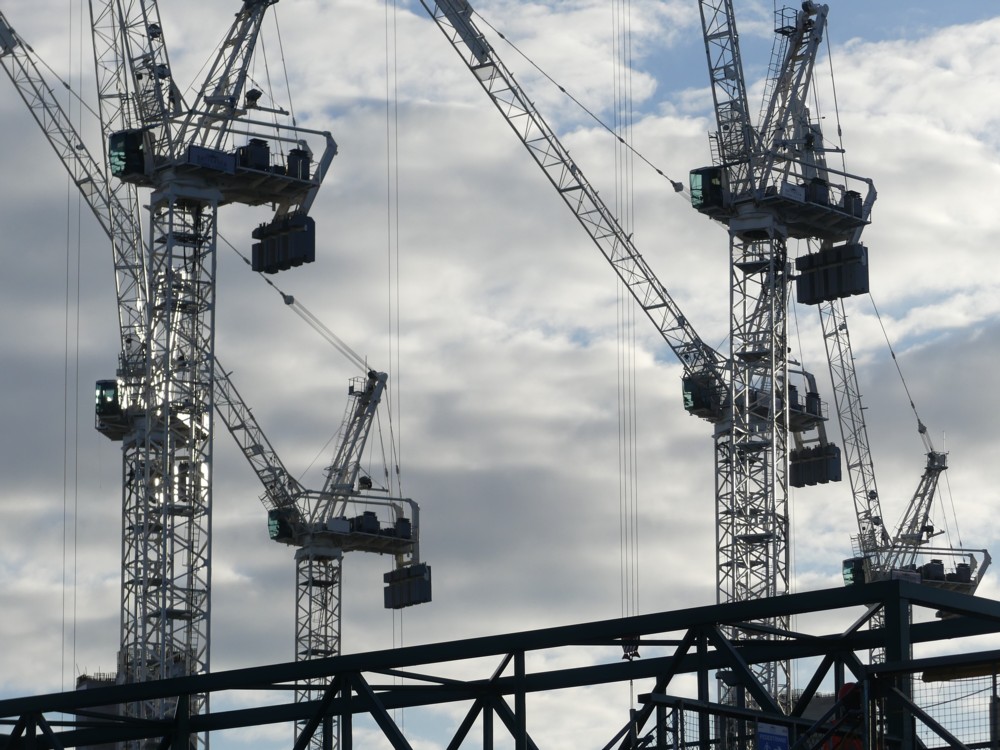
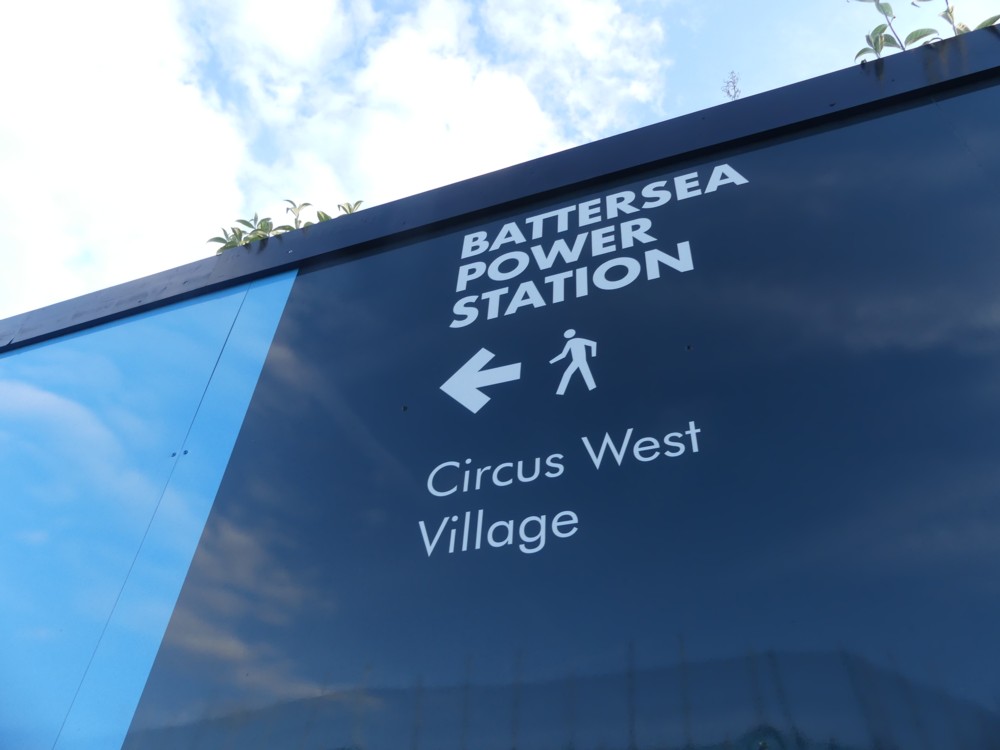
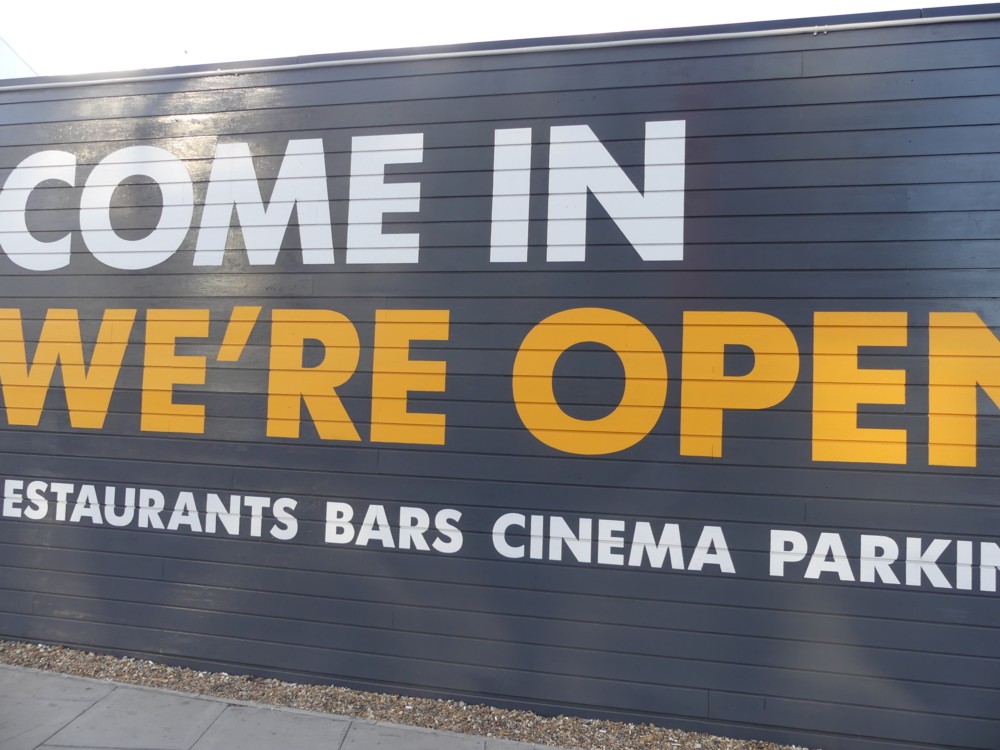
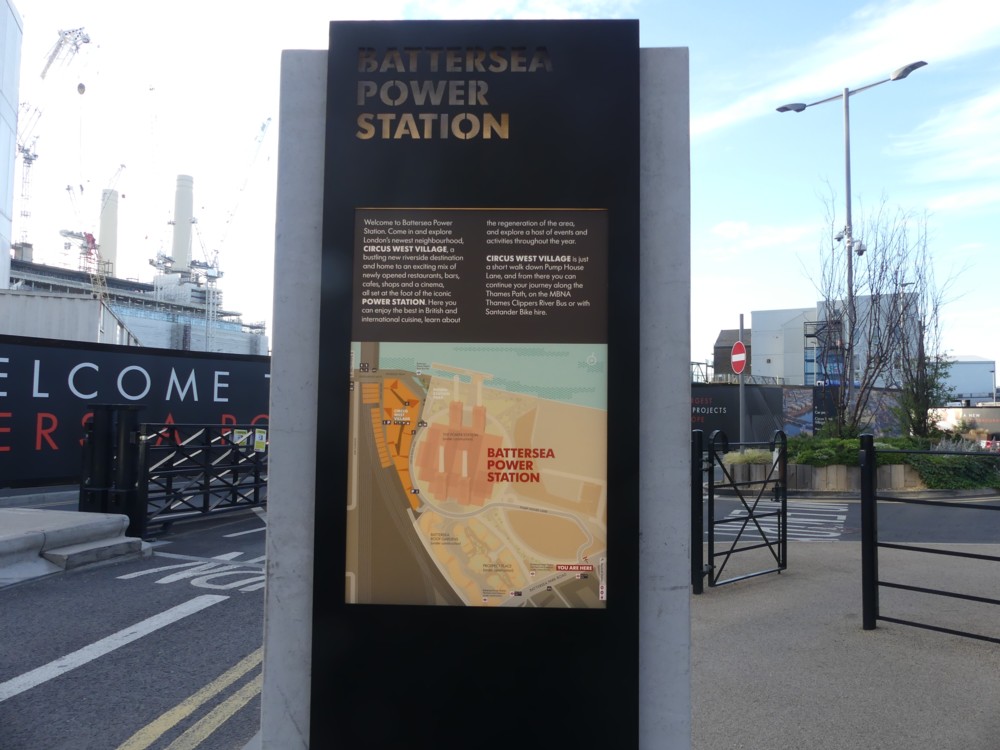
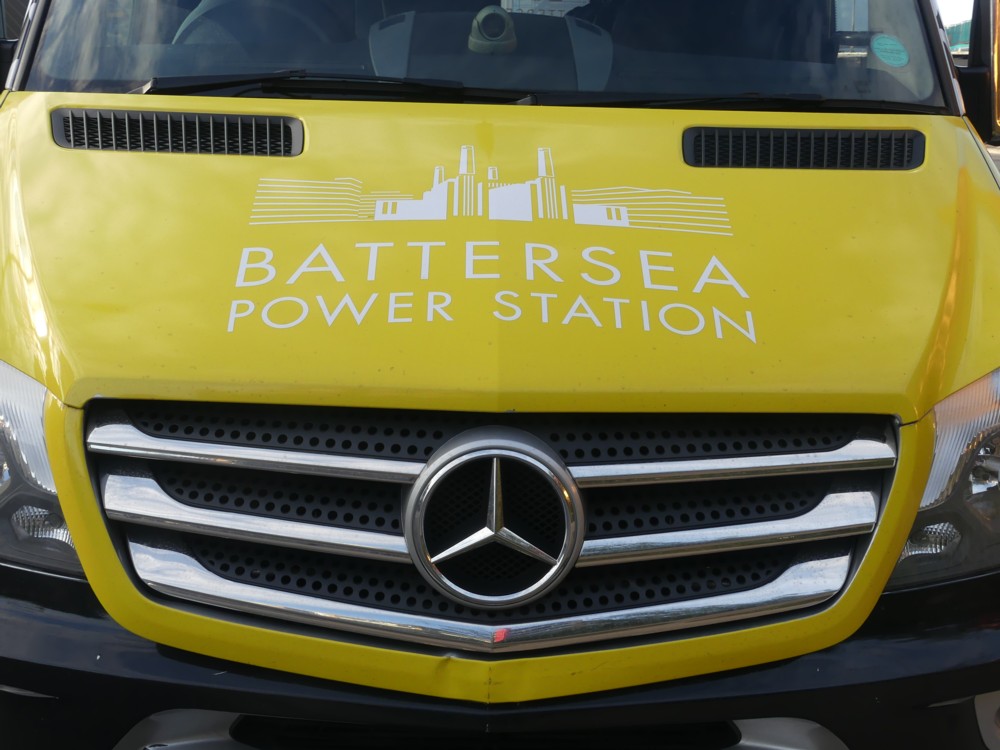
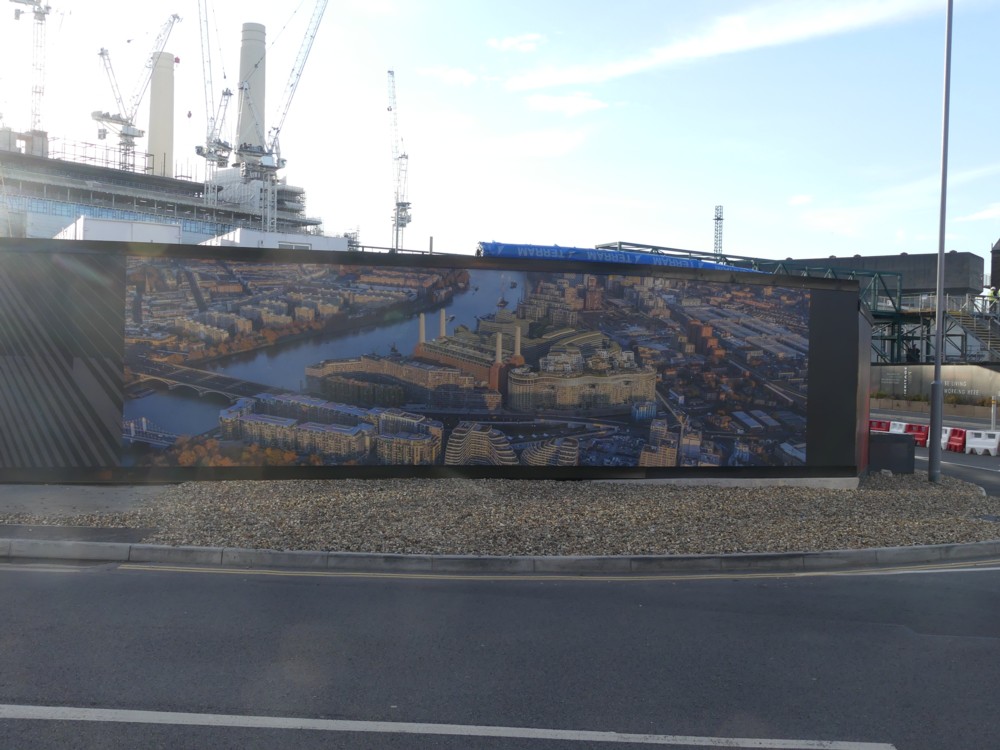
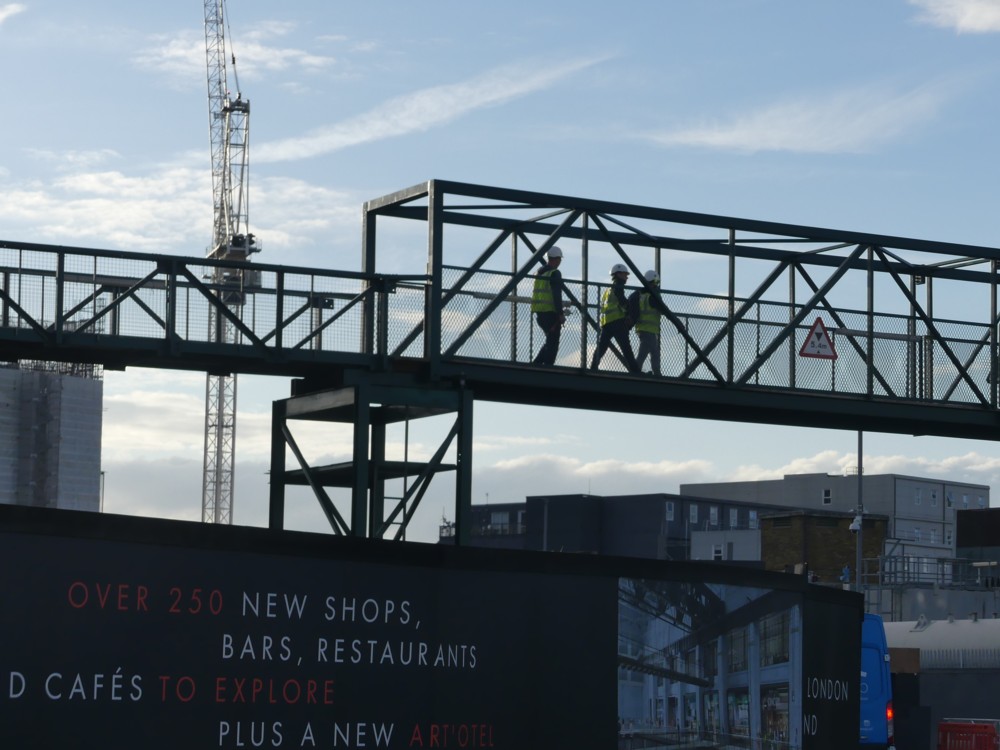
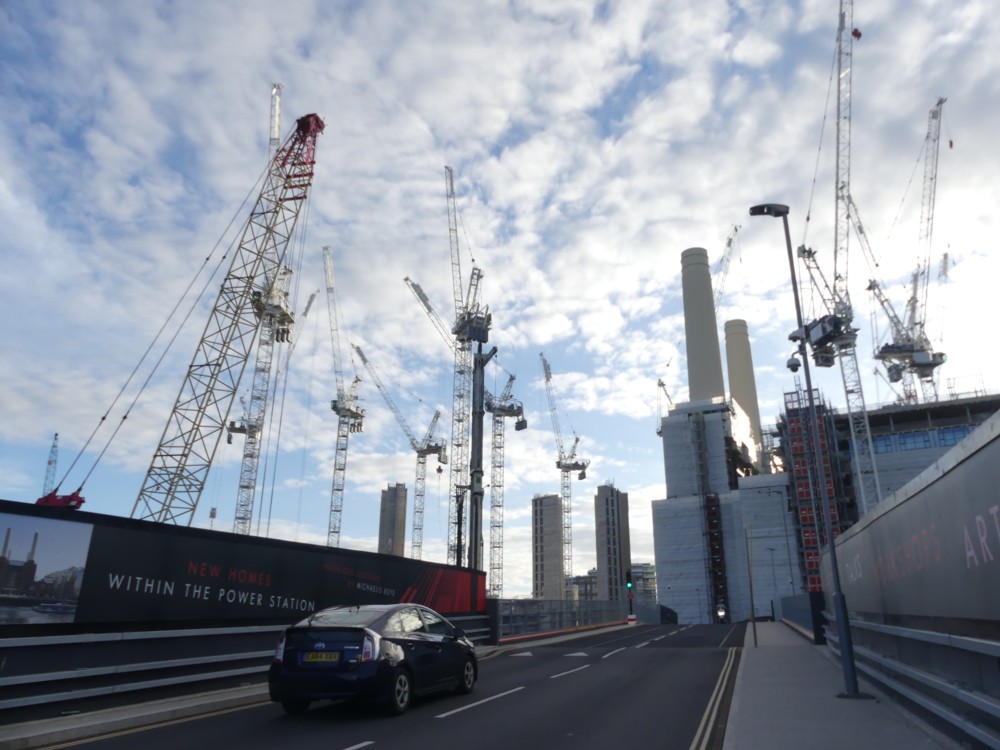
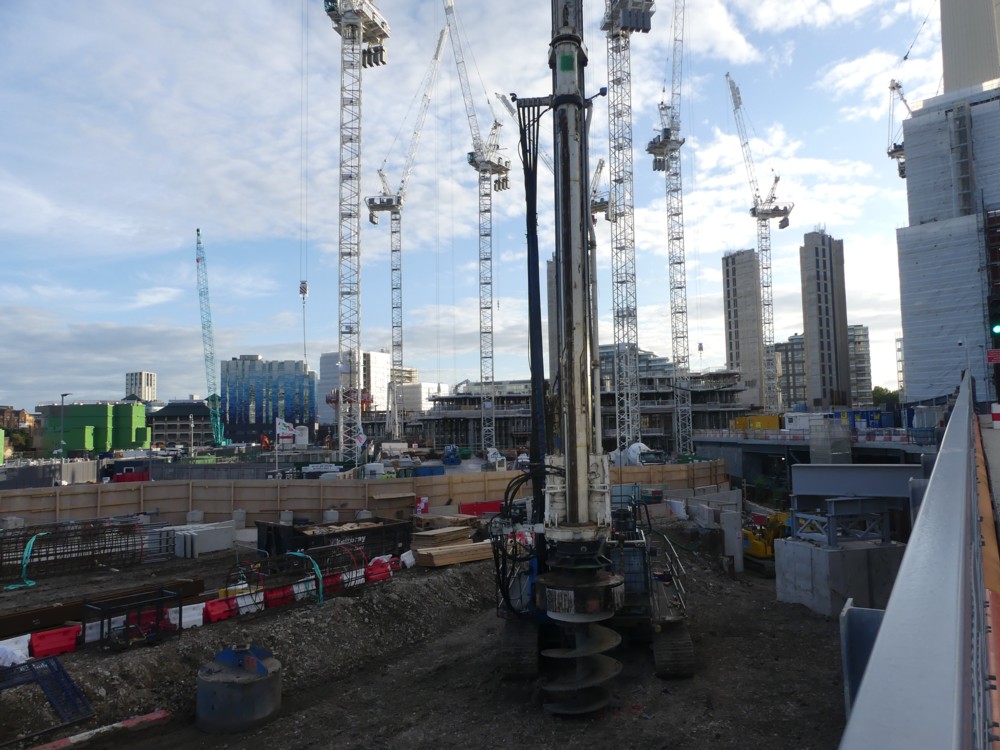
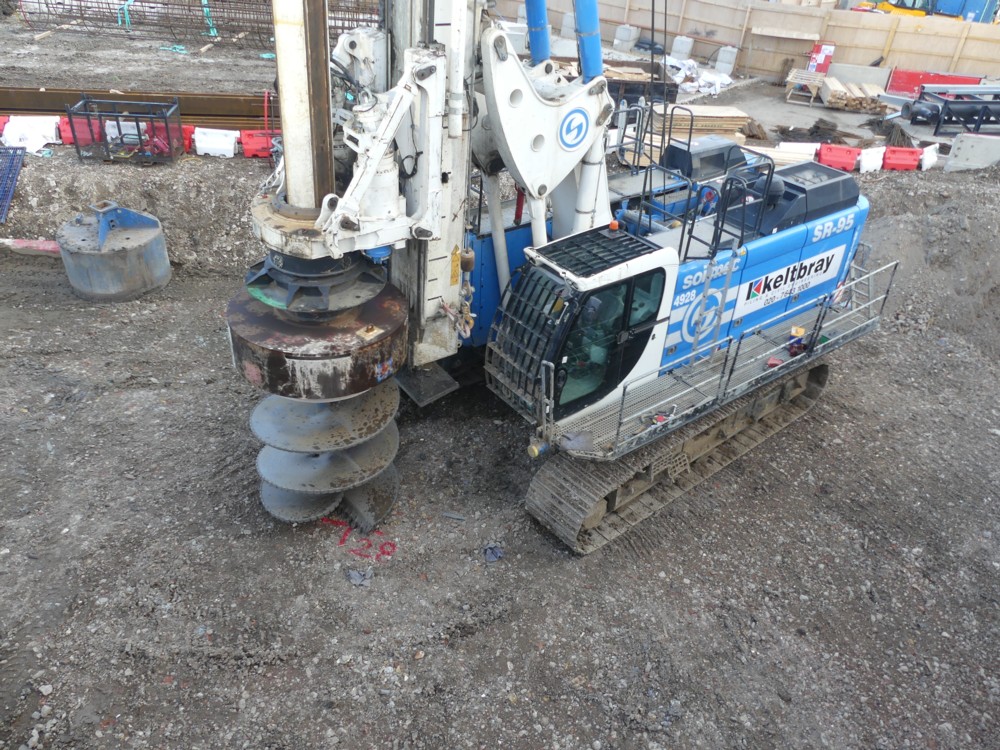
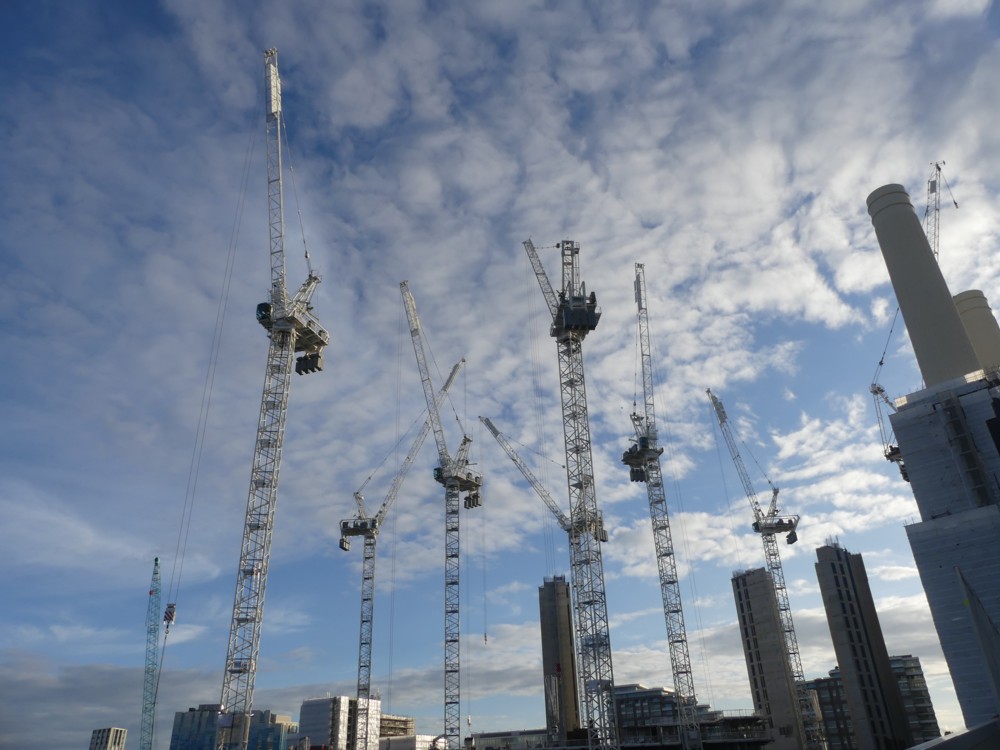
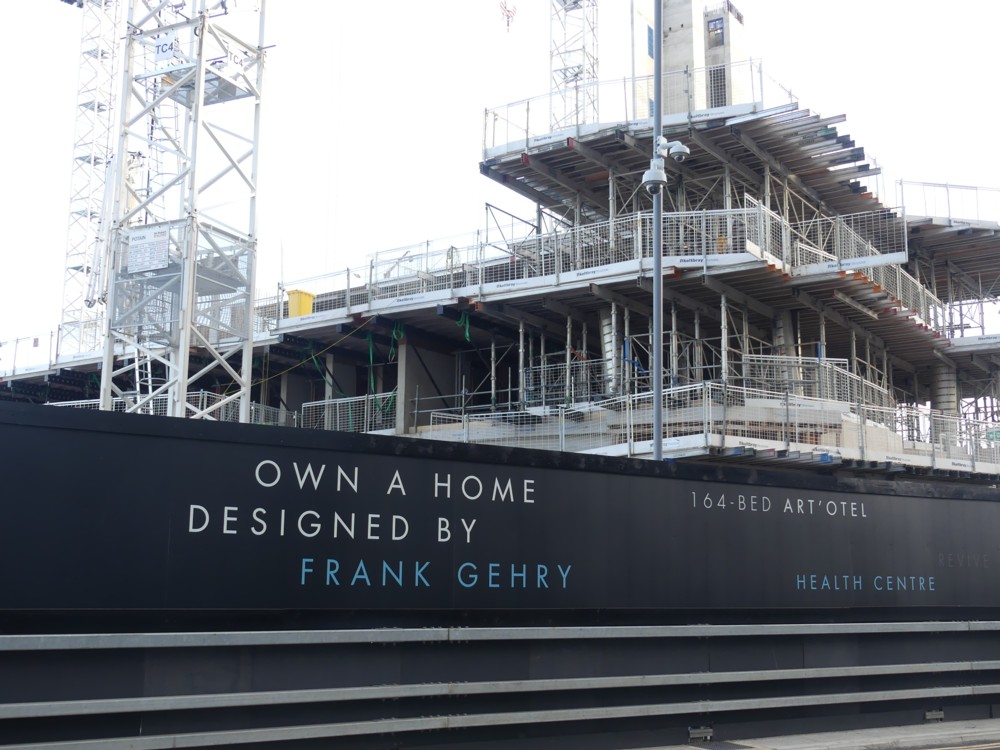
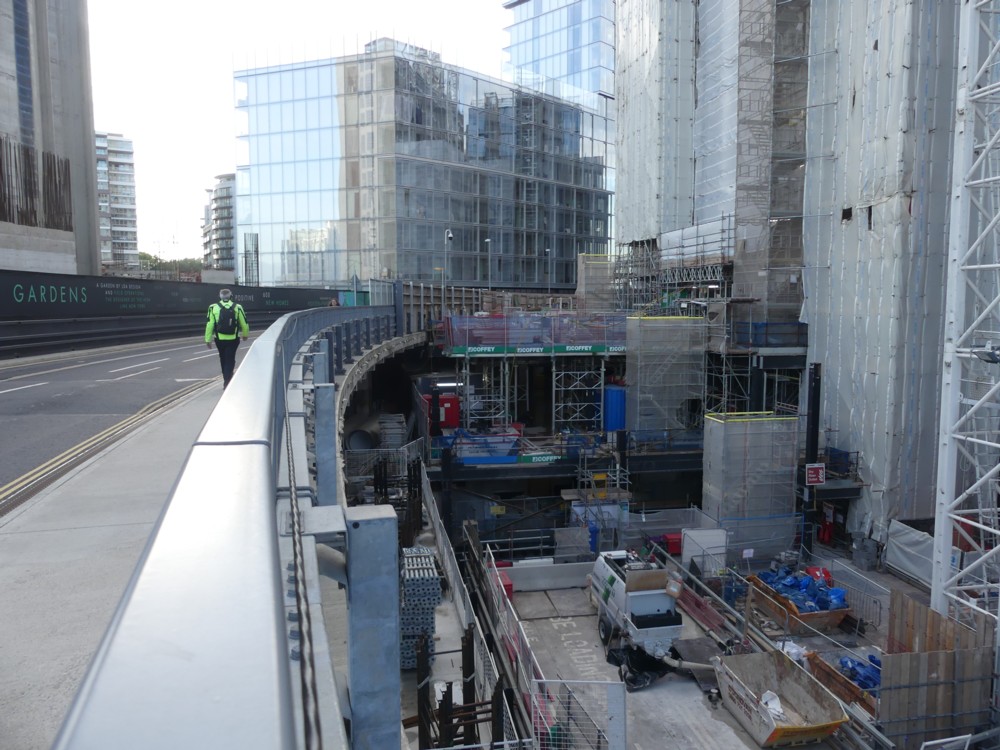
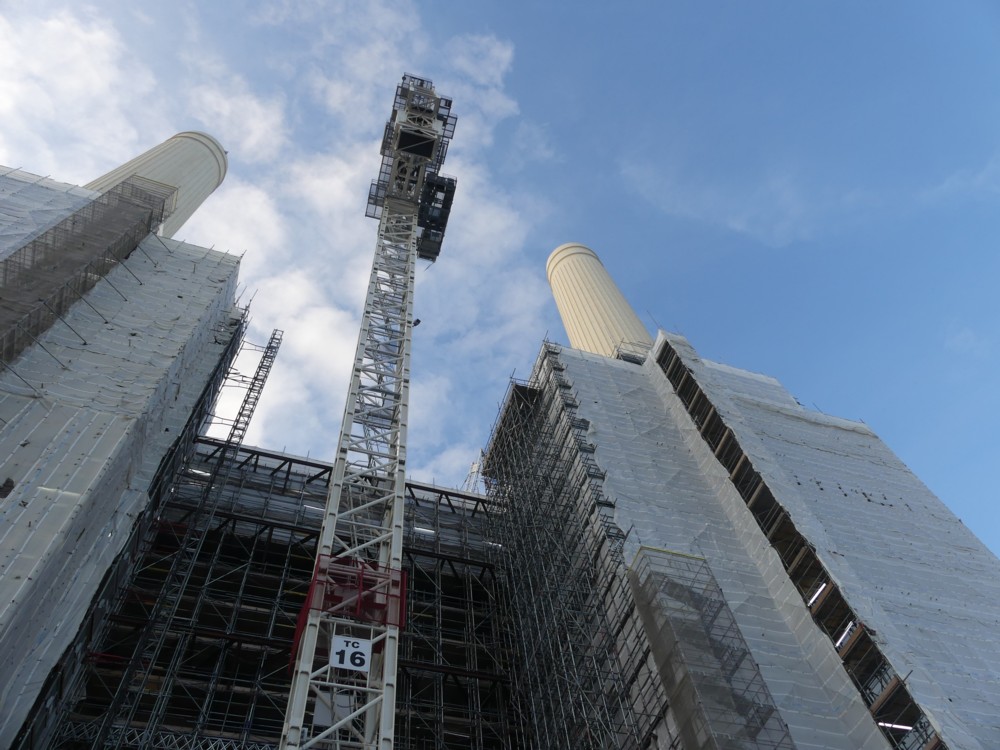
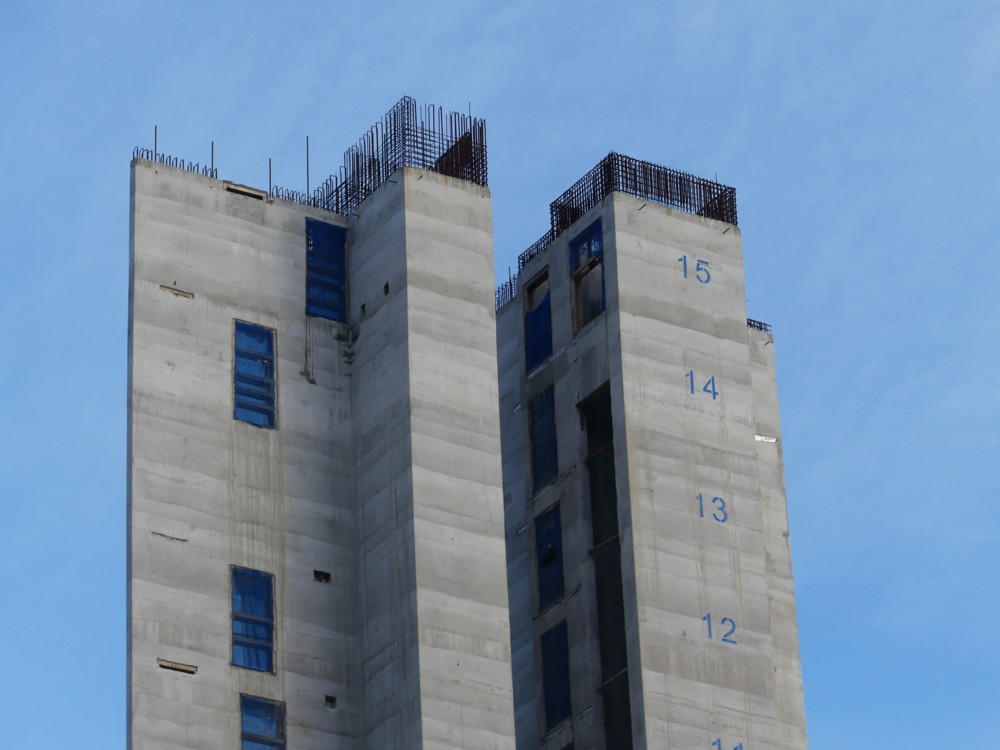
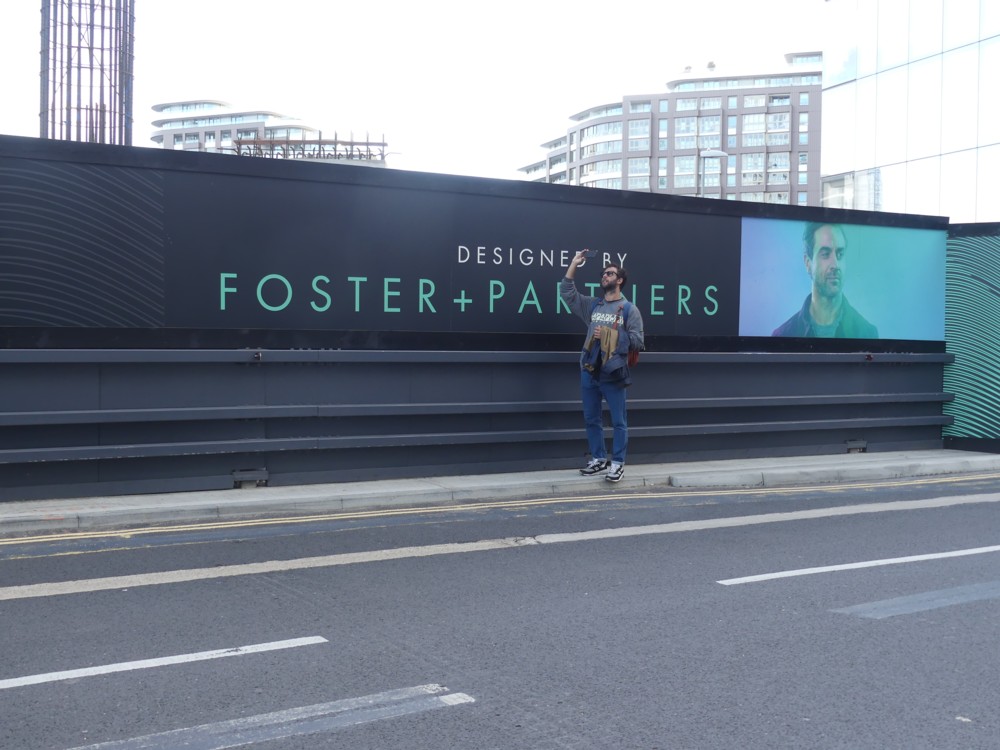
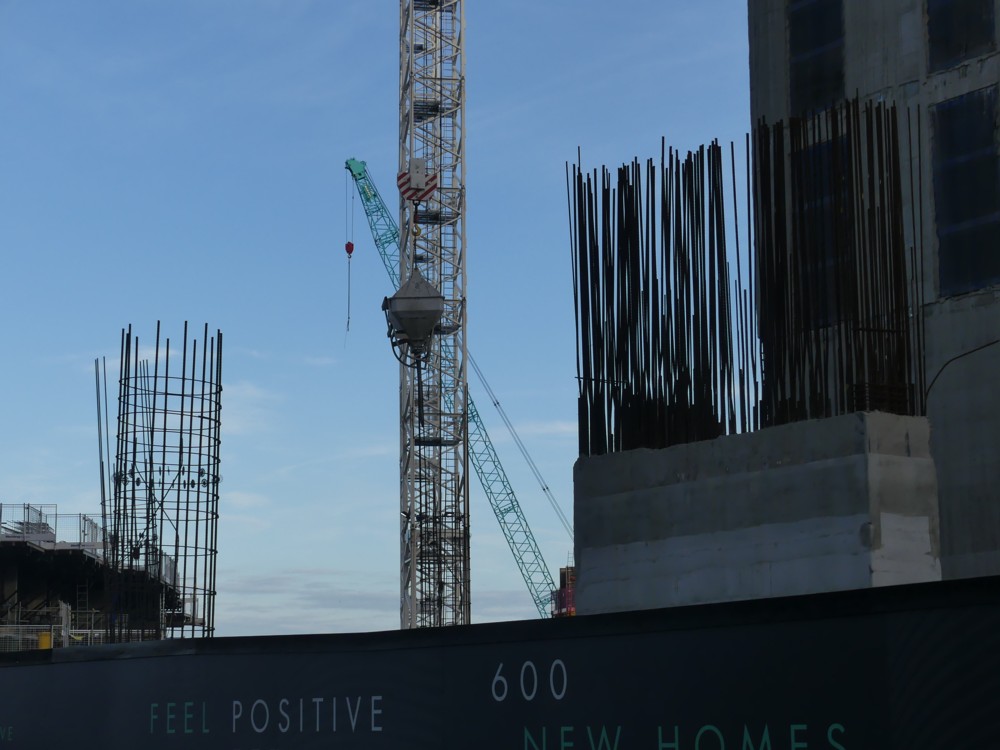
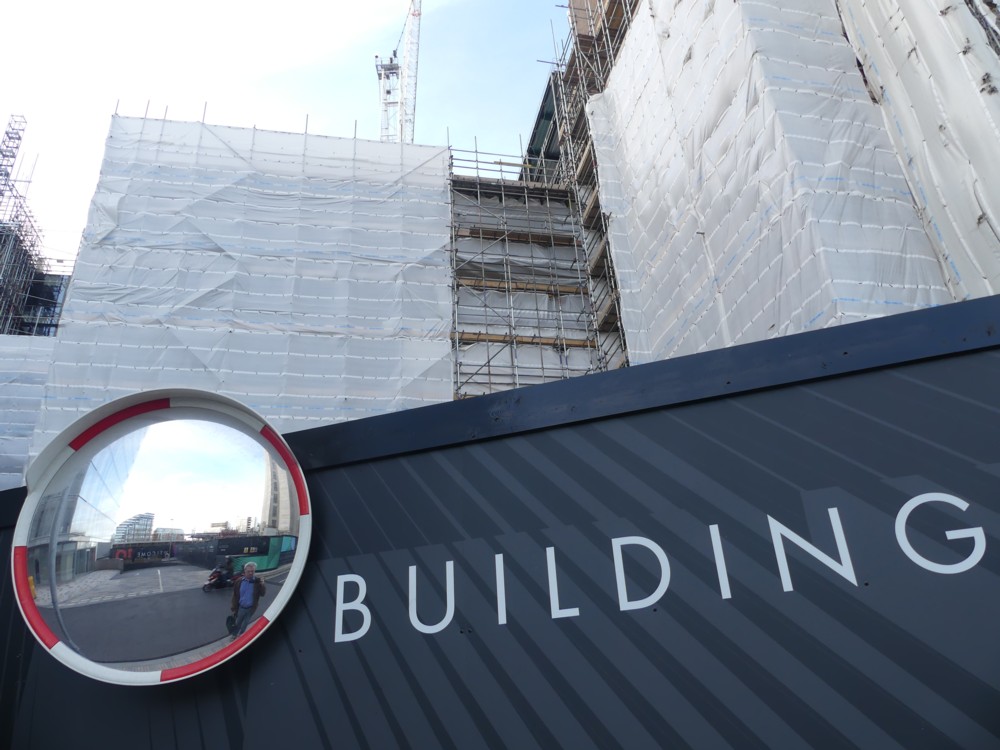
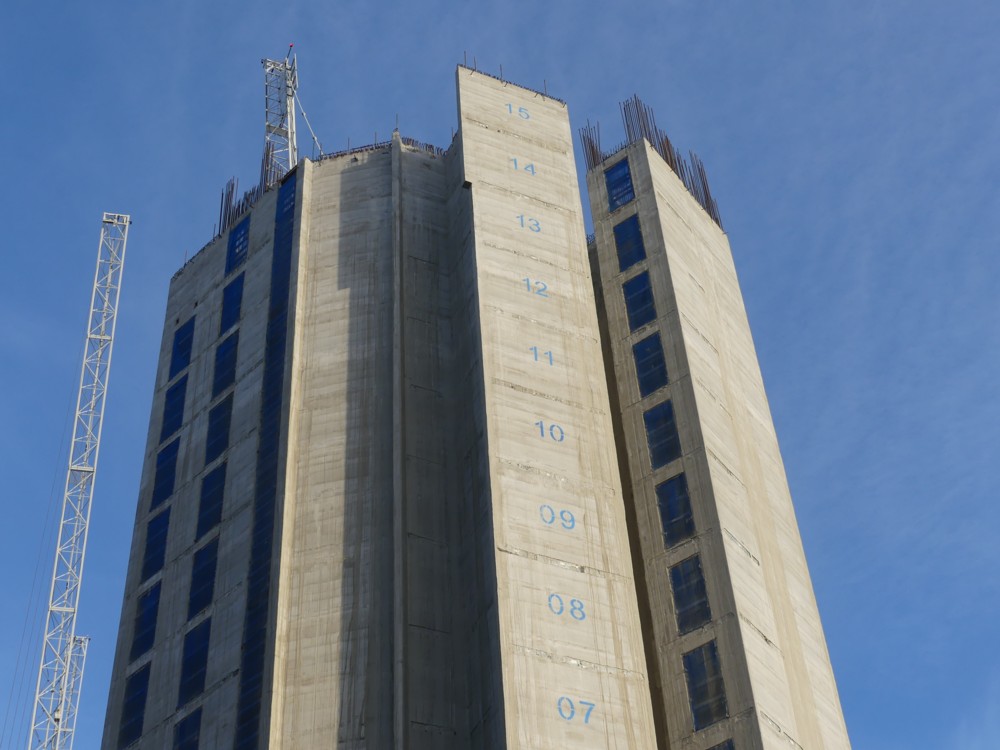
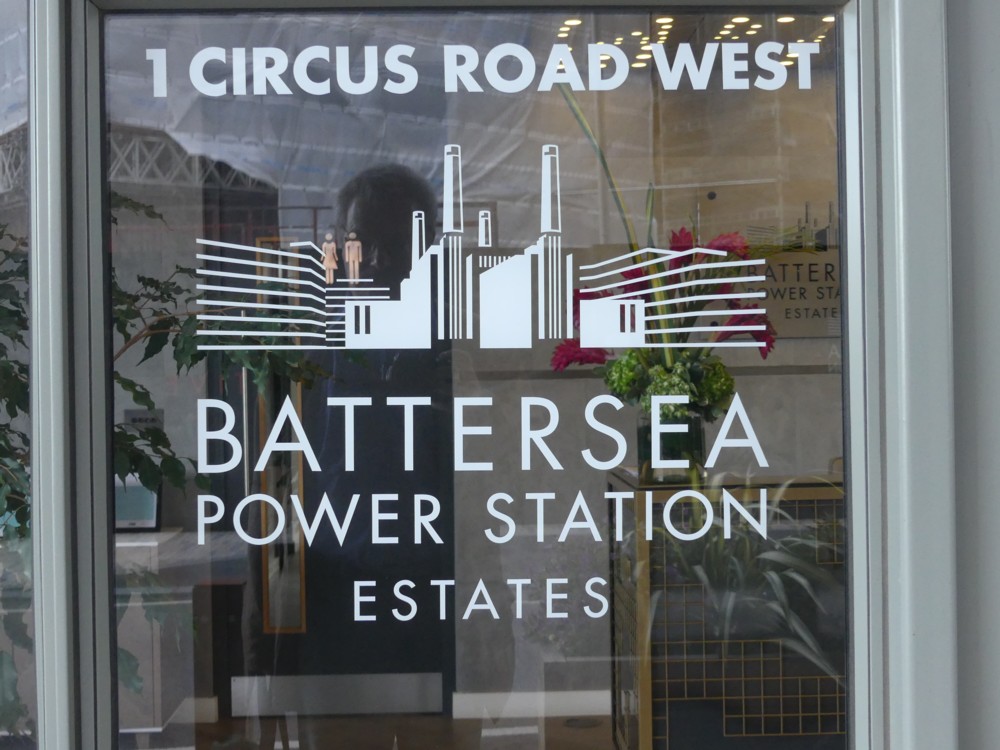
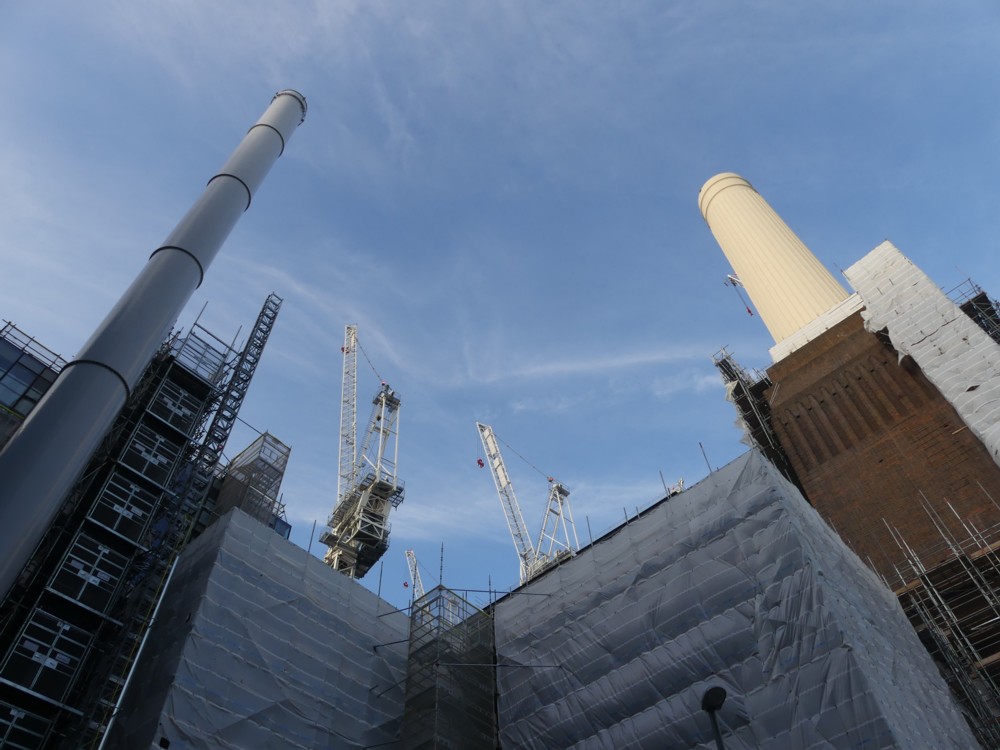
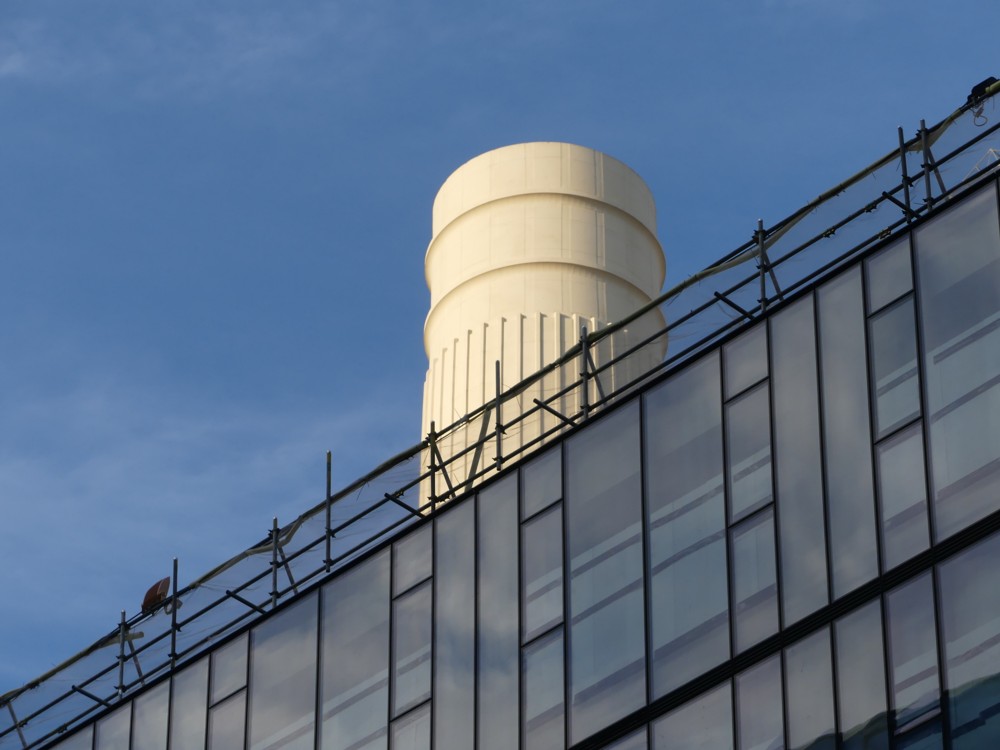
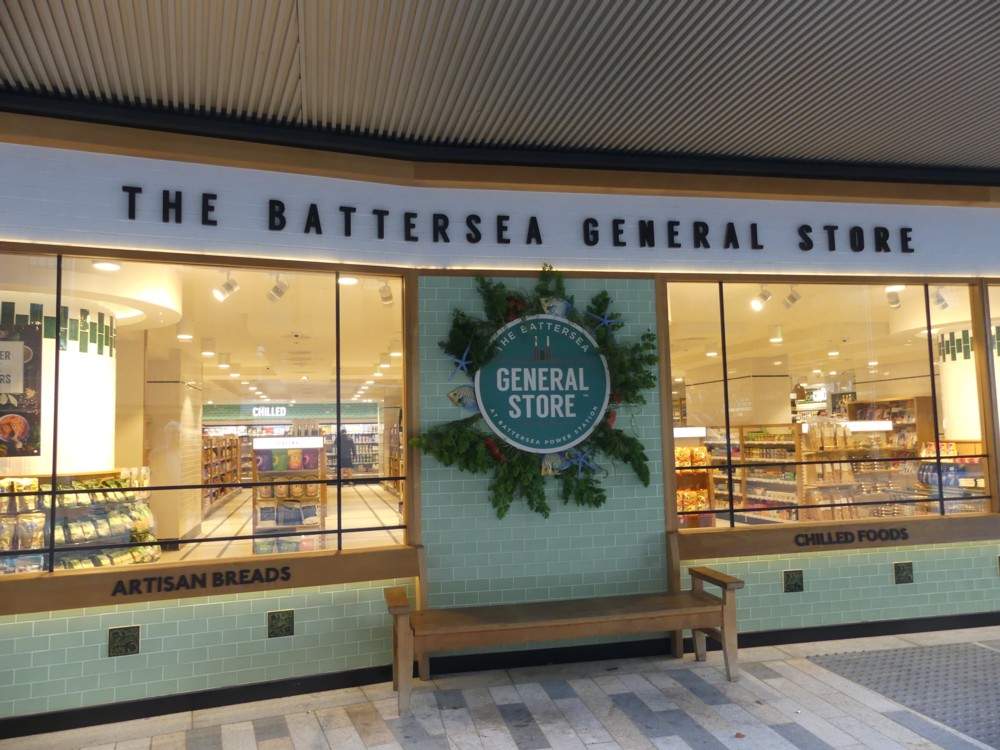
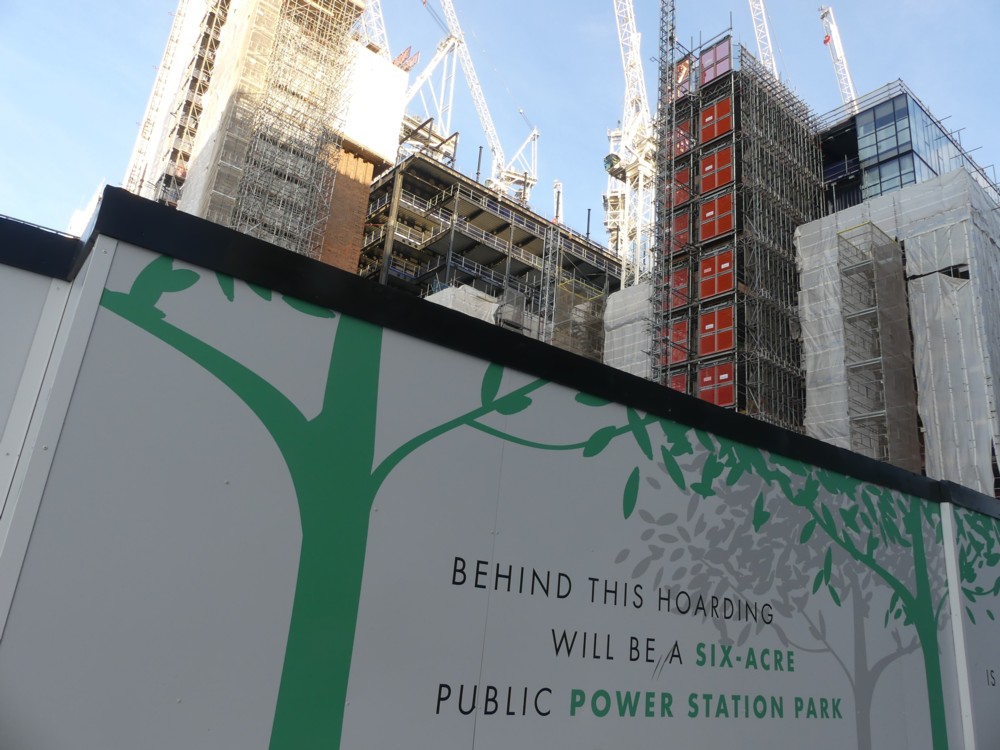
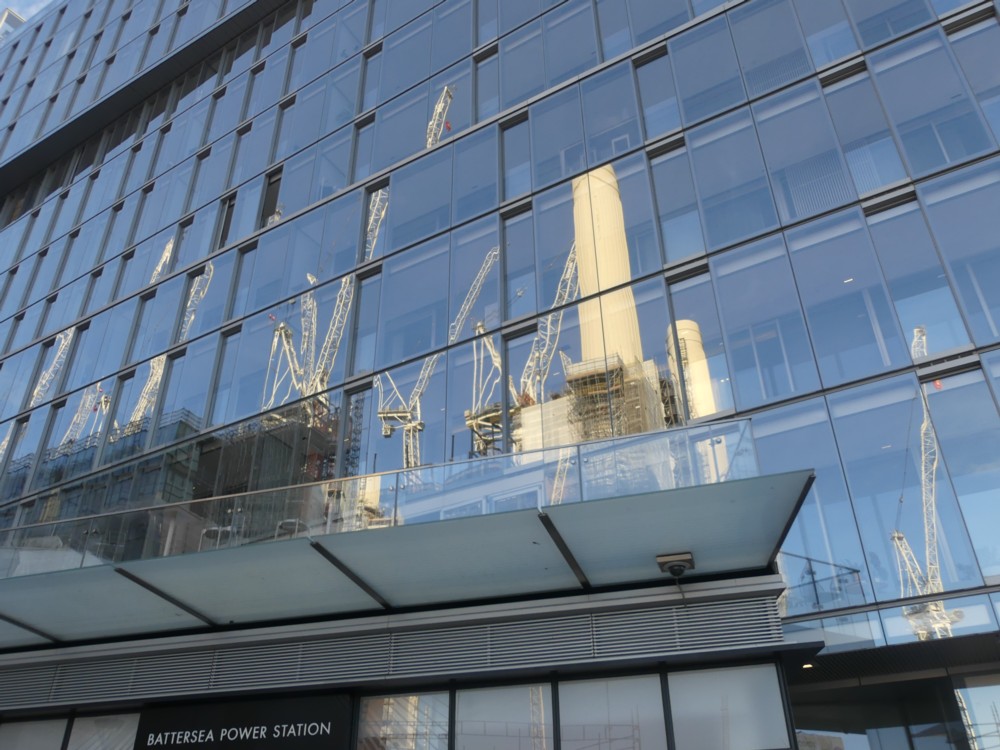
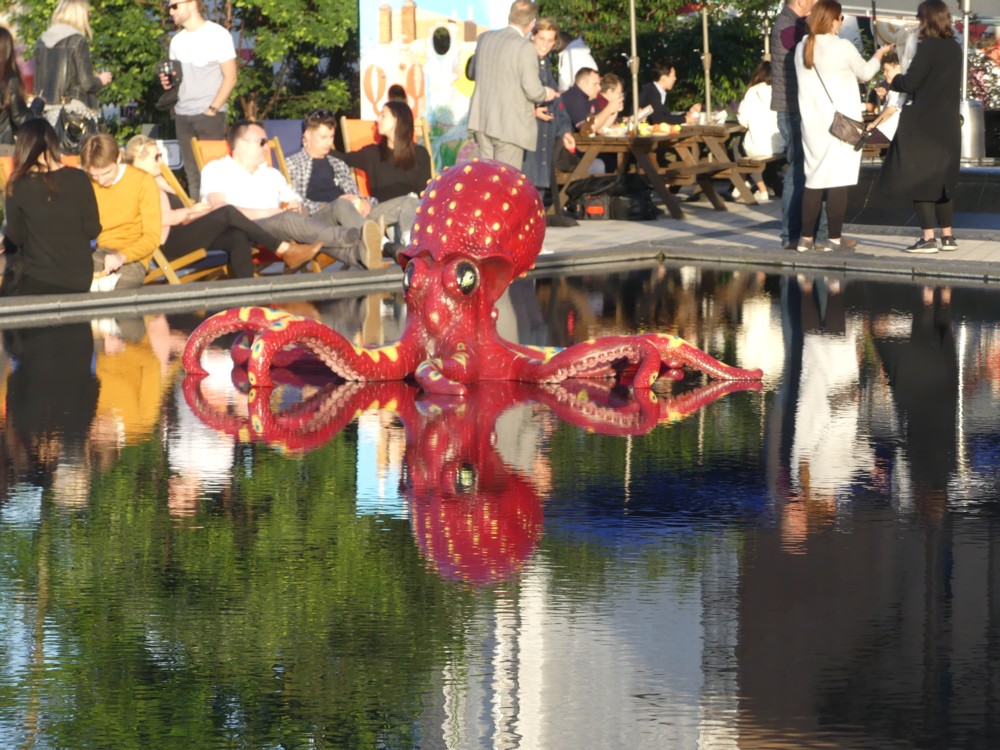
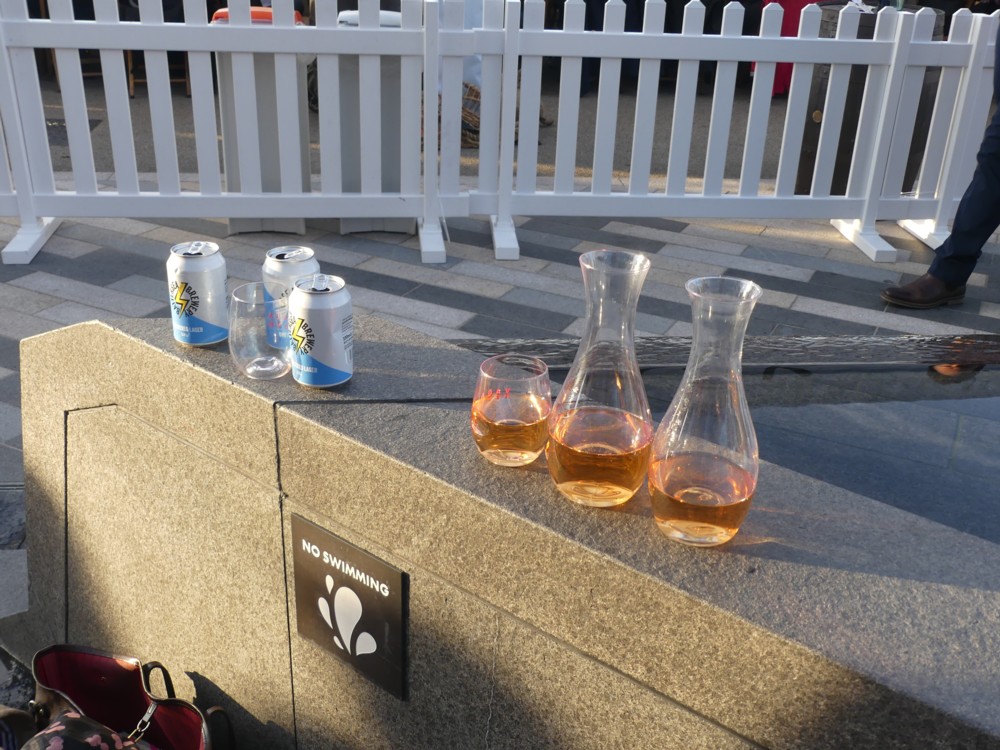
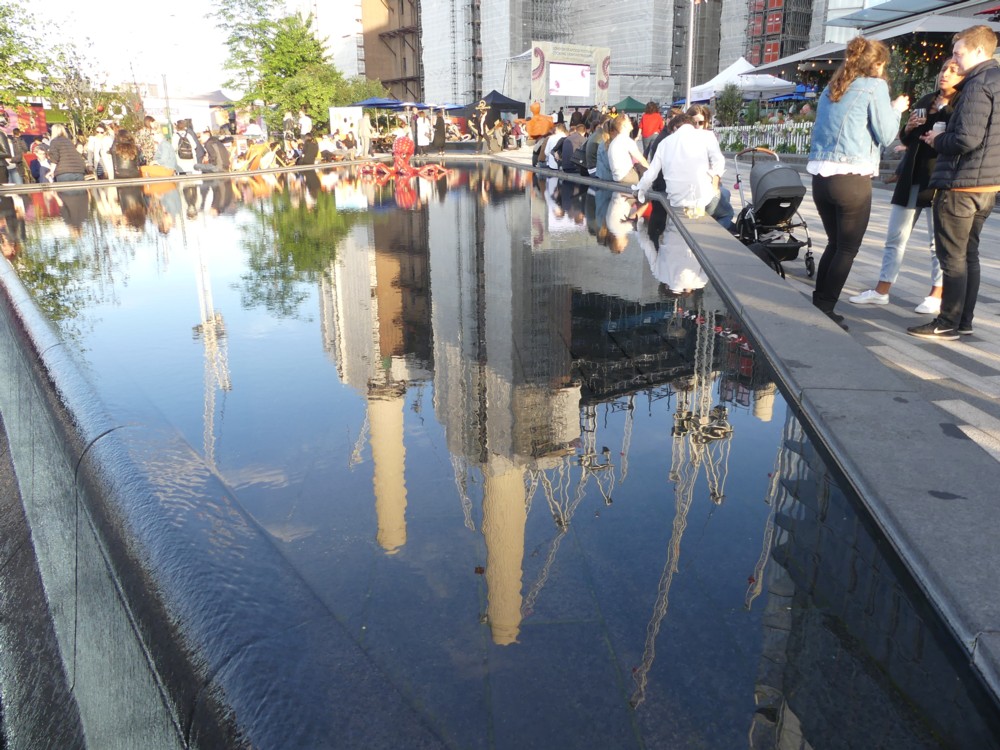
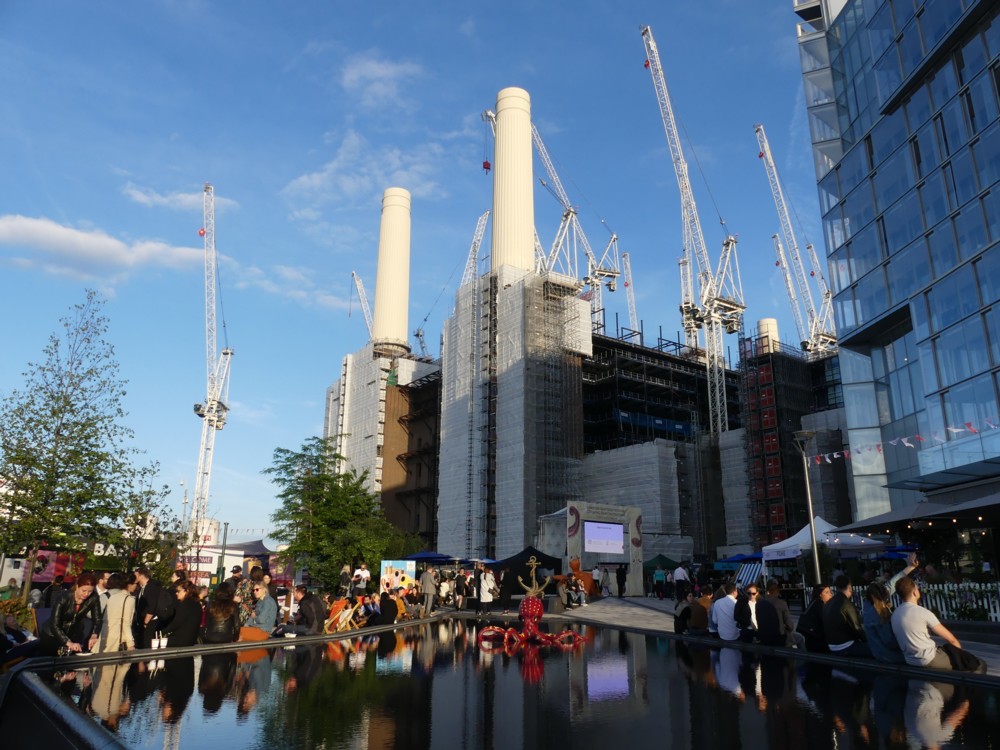
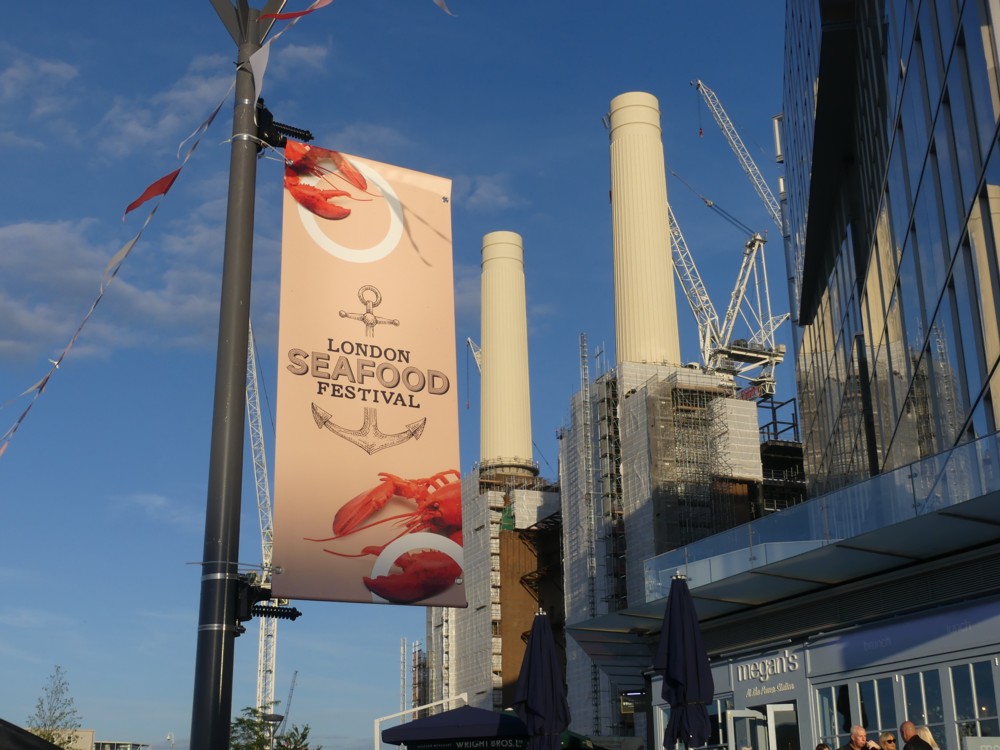
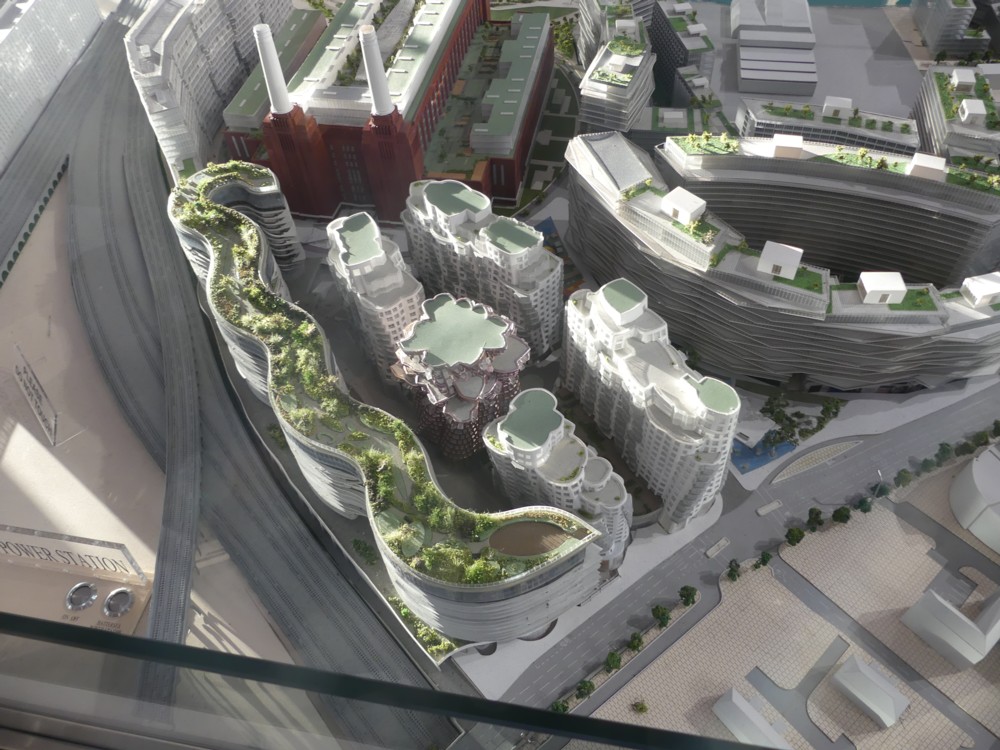
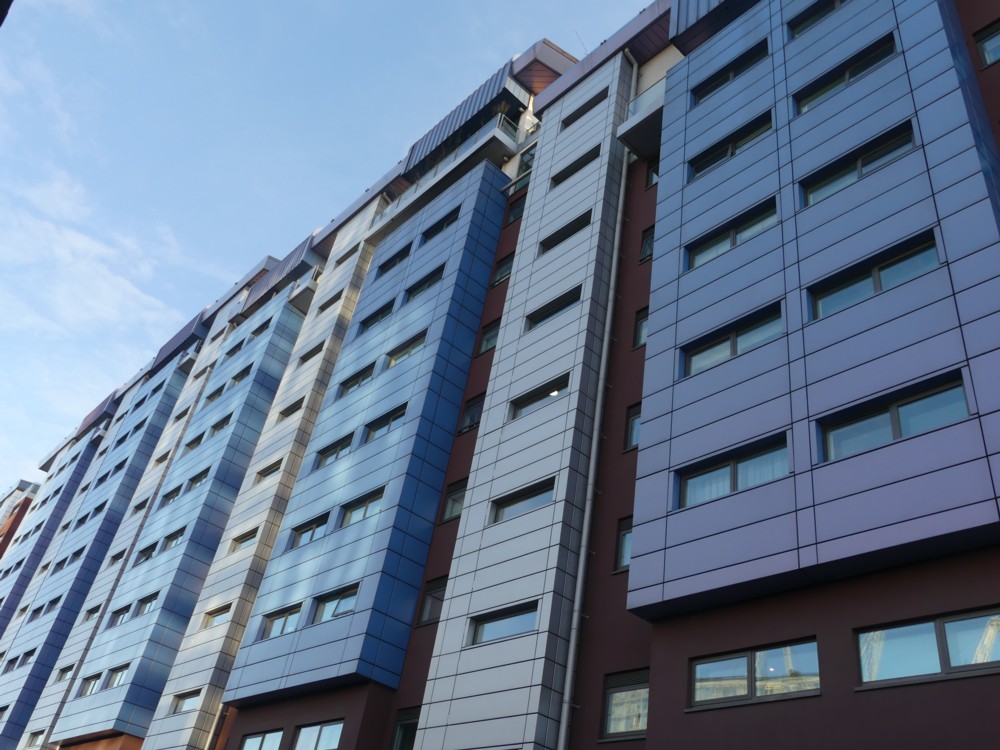
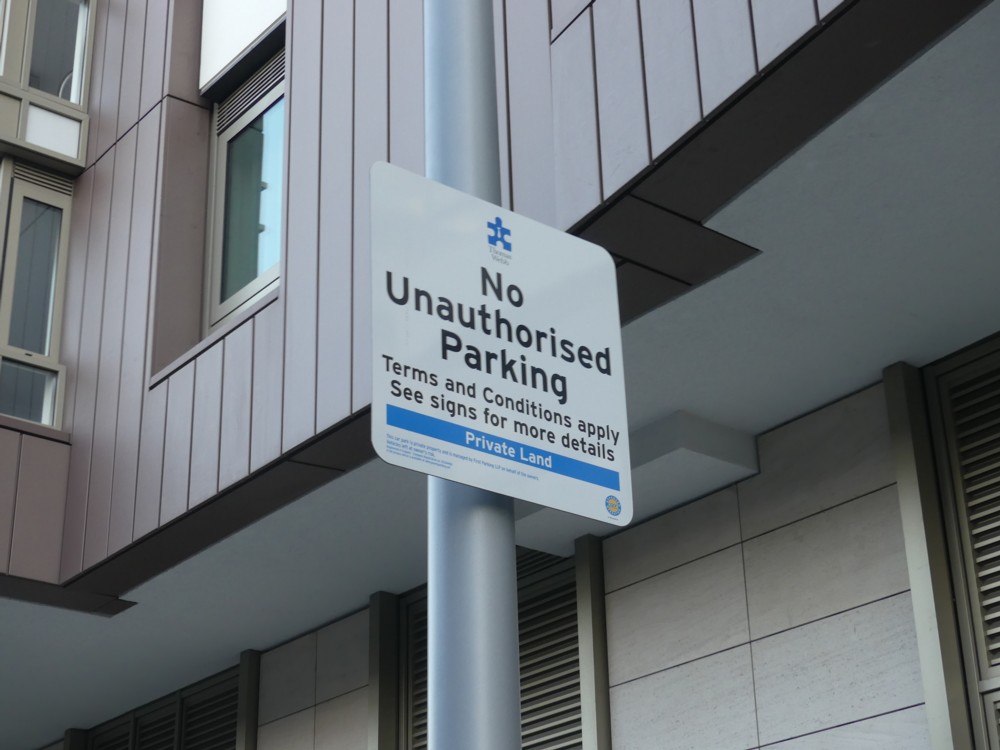
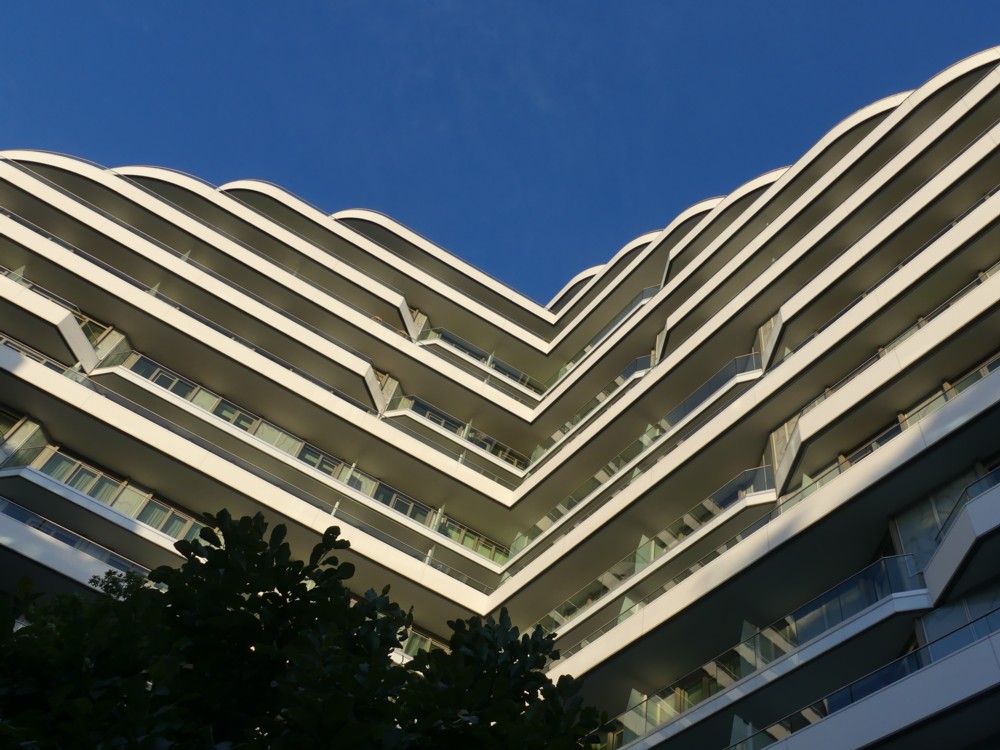
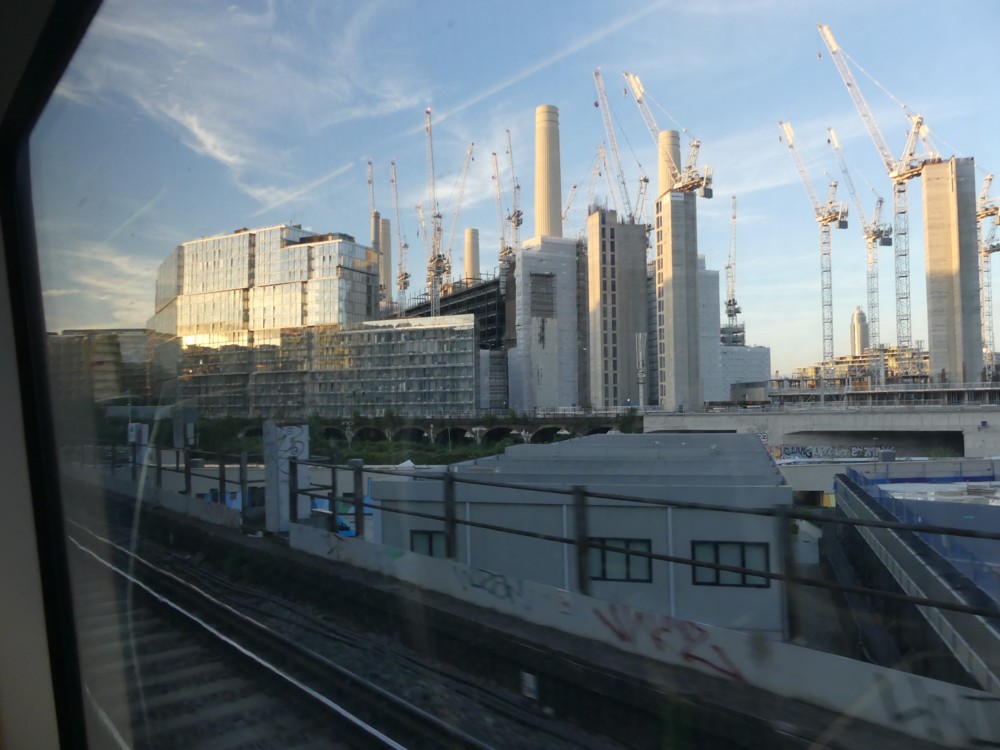
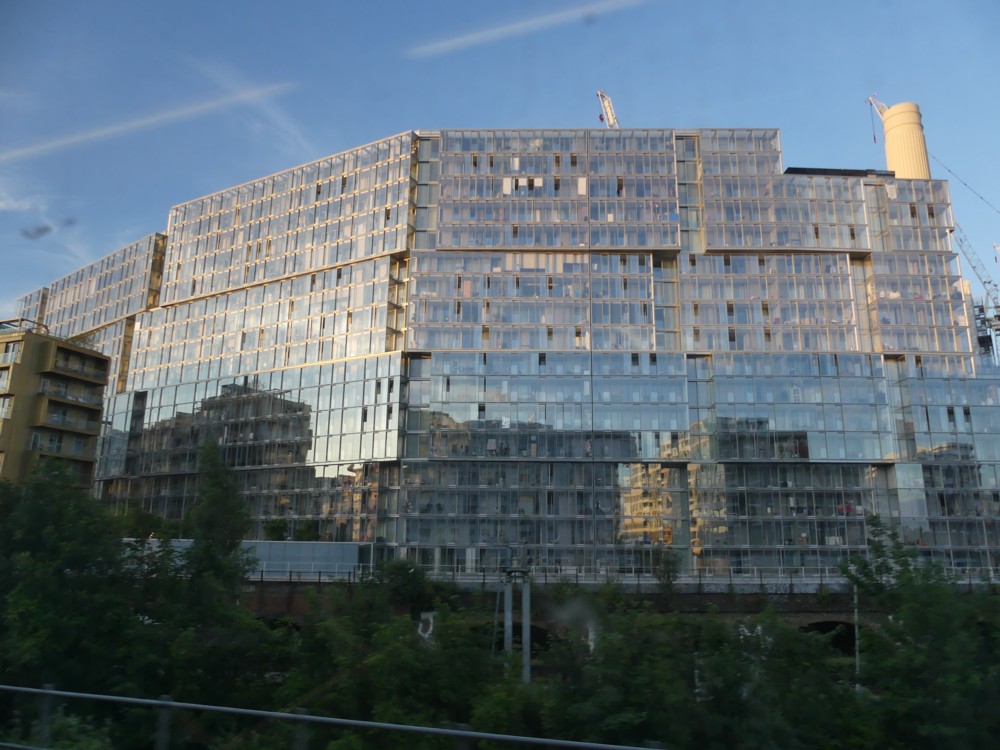
Yes, Battersea is about A list international companies – Apple being the most glamorous tenant. The two new tube stations will be in Zone 1, and a couple of existing stations that are in Zone 2 will be reclassified to be in Zone 1/2. This is for obvious financial reasons (it costs more to travel in Zone 1, and the new tube line has to be paid for), but it’s also an interesting marker of status and the sorts of people they expect will live and work there. Londoners define themselves a little bit by which zone the live in, and here is a place that is being redefined as “central London” that previously wasn’t.
As for the east, I think north Greenwich is principally residential rather than business mixed with residential. It’s certainly not white collar office jobs mixed with residential. I don’t know if you have been to Woolwich recently, but the residential development there is a really nice residential development – nice apartments and craft beer bars and expensive gyms and all that kind of thing. It’s all residential, though. It will be something like 7 minutes to Canary Wharf and 15 to the City once Crossrail arrives, so it’s based on being very easy to get to where you work rather than right next to it. (Woolwich is traditionally a roughish sort of place, so at the moment it’s sort of two different places separated by a road. The roughish place across the road is going to gentrify really fast once Crossrail does arrive.
As for mixed office/residential, the interesting one is at the Royal Docks, around Custom House Crossrail station. China is paying for huge office and other developments there. This is where China’s companies and organisations are going to set up their British and possibly European headquarters. It probably isn’t going to contain the same density of fancy architectural and design stuff or craft beer bars initially, but it will likely be a conduit for a lot of money and power. It may looks slightly more downmarket than Battersea initially, but that may actually be misleading.
A few years ago Stratford and a few other stations out that way were reclassified from Zone 3 to Zone 2. This actually cost money – it was an effective subsidy to the “Olympic Legacy” – but it was another example of the transport zones following the changes in the city.